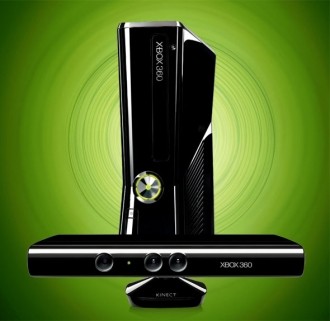A new Microsoft patent could prove to be an expensive annoyance for folks who enjoy watching videos with large groups. Titled "Content Distribution Regulation by Viewing User," the April 2011 filing was issued last week and describes the use of a device such as the Xbox 360's Kinect camera to monitor the number of people watching a specific piece of content. Naturally, from there, it'd adjust content prices accordingly.
For instance, you might pay twice as much for eight people to watch a movie versus four. Additionally, the system could be smart enough to halt the playback of content and charge for more viewers as they enter the room. Viewer licenses could also be bound to identities, so only the purchaser would be able to access specific content – at least without acquiring a different license, which, again, would mean spending more.
Other viewership parameters could be factored in as well, such as age. This might tie in with a patent Microsoft received last September called "Parental Control Settings Based on Body Dimensions," which outlines the use of a camera to determine someone's age based on their body's dimensions, such as the ratio of arm length to body height, the ratio of head and shoulder width, the relative size of their head and so on.
Considering the propensity for customer backlash over these sorts of things, we wouldn't expect the "consumer detector" to roll out any time soon – if ever – and even if it did, folks would likely find simple workarounds. But it highlights the entertainment industry's less-than-graceful transition from physical to digital distribution, leveraging technology to impose greater restrictions instead of focusing on broader access.
